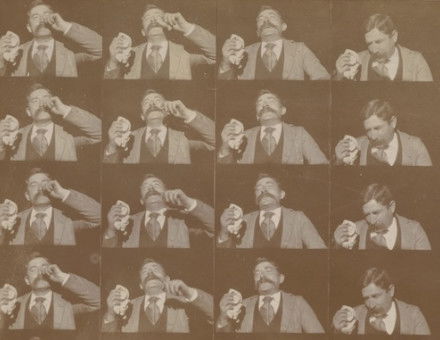Rodin’s Monument to Balzac
‘I sought in the Balzac...’ wrote the artist, ‘to represent in sculpture that which was not photographic... to imitate not only form but also life itself’. By Michael Greenhalgh.
Rodin’s Monument to Balzac, commissioned by the Societé des Gens de Lettres in July 1891, but rejected by that society when displayed at the Salon of 1898, is surely the most extraordinary sculpture of the nineteenth century.
It is remarkably different from all the monumental sculpture that preceded it and might, indeed, be said to be the last flowering and one of the greatest triumphs of figurative art. It is, above all Rodin’s other works, the one that appeals to the modern imagination, no doubt because the upheavals in the field of sculpture since the beginning of our century - for which Rodin was partly responsible - have enabled us to appreciate its primitive power.
But its first appearance in 1898 was greeted by the great majority of both public and art critics with derision.
Olivier Merson, a Professor at the Ecole des Beaux-Arts, wrote:





